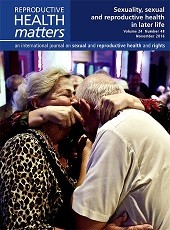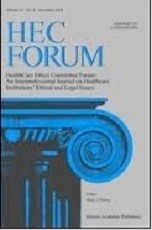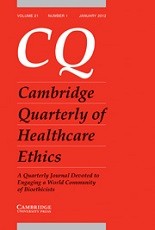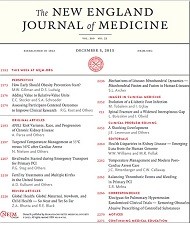Lidia Casas, Lieta Vivaldi

Abstract
This article examines, from a human rights perspective, the experience of women, and the practices of health care providers regarding abortion in Chile. Most abortions, as high as 100,000 a year, are obtained surreptitiously and clandestinely, and income and connections play a key role. The illegality of abortion correlates strongly with vulnerability, feelings of guilt and loneliness, fear of prosecution, physical and psychological harm, and social ostracism. Moreover, the absolute legal ban on abortion has a chilling effect on health care providers and endangers women’s lives and health. Although misoprostol use has significantly helped to prevent greater harm and enhance women’s agency, a ban on sales created a black market. Against this backdrop, feminists have taken action in aid of women. For instance, a feminist collective opened a telephone hotline, Linea Aborto Libre (Free Abortion Line), which has been crucial in informing women of the correct and safe use of misoprostol. Chile is at a crossroads. For the first time in 24 years, abortion law reform seems plausible, at least when the woman’s life or health is at risk and in cases of rape and fetal anomalies incompatible with life. The political scenario is unfolding as we write. Congressional approval does not mean automatic enactment of a new law; a constitutional challenge is highly likely and will have to be overcome.
Casas L, Vivaldi L. Abortion in Chile: The practice under a restrictive regime. Reprod Health Matters. 2014 Nov;22(44):70-81.





